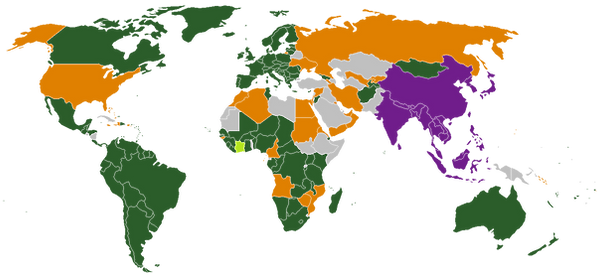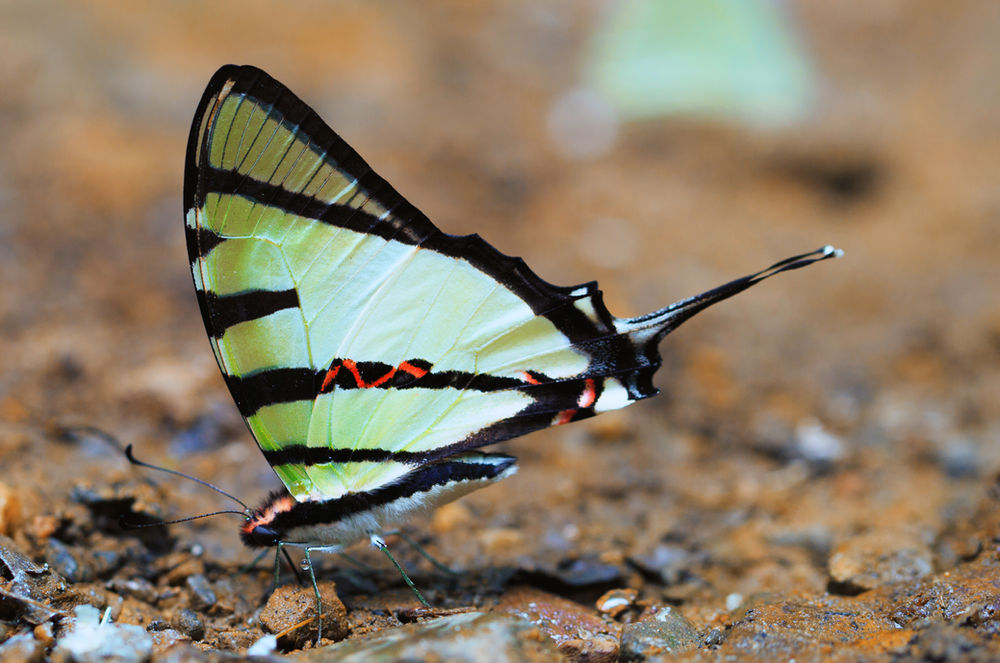top of page
Butterfly populations are a very good indicator of the health of an area's ecosystem !!
Graphium agete are distibruted throughout India, Thailand, Laos, Malaysia, Indonesia and southeastern China.
Their preferred terrain includes hills, evergreen forests, streams and rivers.
They are on wing primarily from January to April.
Their forewings are yellowish.
The outer edge is black.
Four black bars dominate the wing.
The ventral side of Graphium agetes is very similar to the dorsal side.
The hind wings are yellowish and have long tails and the edges are wavy.
The outer edge of the wing and the tail are black. Two black bars are on the wing.
At the inner edge there is a black eye with a red eye shadow.
The ventral side is very similar to the dorsal side. The black bar in the middle of the wing contains a sinus line.
The body (abdomen) is yellow black striped.
The thorax and the head are also yellow and black.
There is no sexual dimorphism in this species. Both sexes have identical markings.
While females visit flowers to collect nectar, the males, often in large numbers, suckle on moist soil to absorb liquids, salt and minerals.
They are often found taking nectar near the corolla, where their fluffy hairs easily pick up pollen, assisting in the pollination of the plant.
Despite their delicate appearance, Graphium agetes can glide over the surface of water, using their wings as hydrofoils.
Potential predators include Birds, spiders, mammals, reptiles.
Their existence is currently not threatened.

Diet: caterpillars feed on various plants.
Diet: Adults take nectar from plants such as sunflowers and sage.
Avg. wingspan: 7.5 - 9 cm. / 2.95 – 3.54 “
Family: Papilionidae
The single biggest threat to butterfly survival is habitat destruction!!
bottom of page


